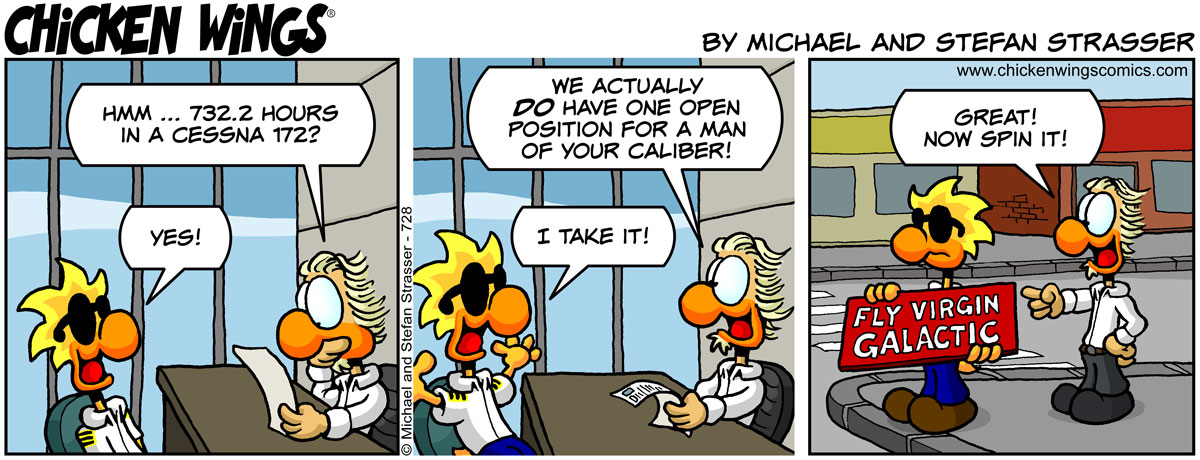alfadog
Final Approach
I went up with a new-to-me (LOL) CFII a couple weeks ago to get going again on my IR. We were in a club 172M. One thing he dinged me on was my failure to make clearing turns during climb-out turns and in level flight turns. Frankly, I never do. I keep the nose on the horizon during climb-out for visibility but do not make clearing turns. He wanted me to do it all the time. Not 90-degree clearing turns like you might make for maneuvering flight like stalls, etc. but at least lift the wing to see, what, an airplane three feet away? I think it is an over-abundance of caution but wonder, is that mostly just me?
I would like some input from the group as to whether you routinely make clearing turns in just normal VFR flight. Especially if you are in a high-wing airplane. Do you lift a wing or both wings before turning? Which one? How high? How about low-wings?
All input is appreciated.
I would like some input from the group as to whether you routinely make clearing turns in just normal VFR flight. Especially if you are in a high-wing airplane. Do you lift a wing or both wings before turning? Which one? How high? How about low-wings?
All input is appreciated.



